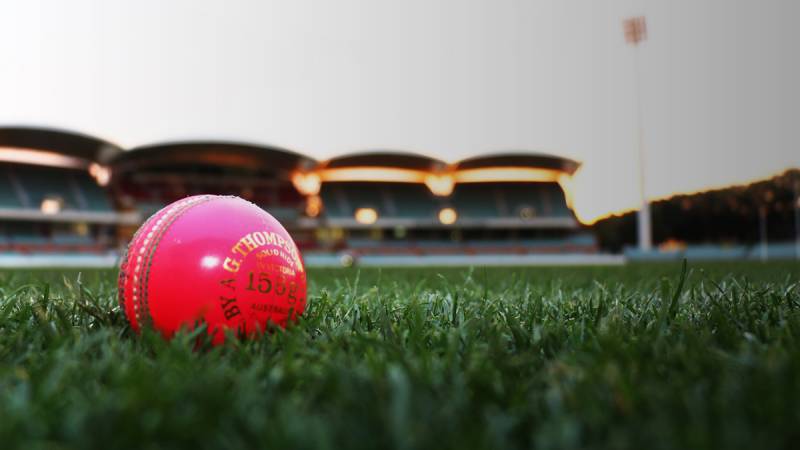Big Picture
Back in 2009, the MCC World Cricket Committee discussed its concerns about the future of Test cricket. "Except for certain icon series, such as the Ashes, Test cricket throughout the world, and in particular the lower-ranked nations, is in very real danger of dying," the committee said in a blunt statement. It went on to recommend that day-night Test cricket be trialled as a means of keeping the game alive. After six years and countless tweaks to the pink ball, that recommendation is about to come to fruition. One of the sport's oldest venues, Adelaide Oval, will play host to the newest concept in Test cricket. For the first time in 138 years, a Test match will be played with a ball that is not red. For the first time in 138 years, a Test match will be played at night.
It is a significant moment in the history of Test cricket but it also represents a continuation of the evolution of the game. The first Test match was timeless, with four-ball overs and a red ball; Test No.2188 will has a five-day limit, six-ball overs and a pink ball. One of the key mysteries is how the pink ball will perform. Will it swing, and for how long? Will it seam? Will it discolour too quickly? Will the players be able to see it properly in the evening? And will the spectators? Whatever the case, trials at Sheffield Shield level have satisfied Cricket Australia that the Kookaburra pink ball is sound enough to be used in a Test match. There have also been concerted efforts from administrators and groundstaff to ensure a non-abrasive Adelaide Oval pitch to preserve the ball as well as possible.
The change has been made largely for fans, so they can watch on TV in prime time or head to the ground after work to catch the second half of the day's action. But it is the players who must deal with the subtle differences in how the ball will move, and how visible it may be. And the players from Australia and New Zealand do so in this Test with a series on the line. Australia have already done enough to retain the Trans-Tasman Trophy by taking a 1-0 lead after two matches, but New Zealand could yet escape with a second consecutive drawn series in Australia if they win in Adelaide.
And as well as being the start of a new era for Test cricket, it is also the dawning of Australia's post-Johnson period, with Mitchell Johnson's retirement after the Perth Test altering the look of their attack. His departure also completed a series of retirements during 2015 with Michael Clarke, Ryan Harris, Shane Watson, Brad Haddin and Chris Rogers also having ended their Test careers. Now in the space of five months they have lost 523 Test wickets and 20,323 Test runs of experience. The times they are a changing.
Quotes
"It's a great concept, I think the crowds have rolled in ... it's really exciting for us moving forward. I'm sure a lot of people are going to be watching around the world."
Steven Smith on the idea of day-night Test cricket
" We head into this Test match with a sense of excitement, not just about the pink ball and the occasion but also the fact that we have got an opportunity to try and draw the series and protect what is a record we are pretty proud of over the last little while."
Brendon McCullum, the New Zealand captain.
Courtesy Cricinfo






